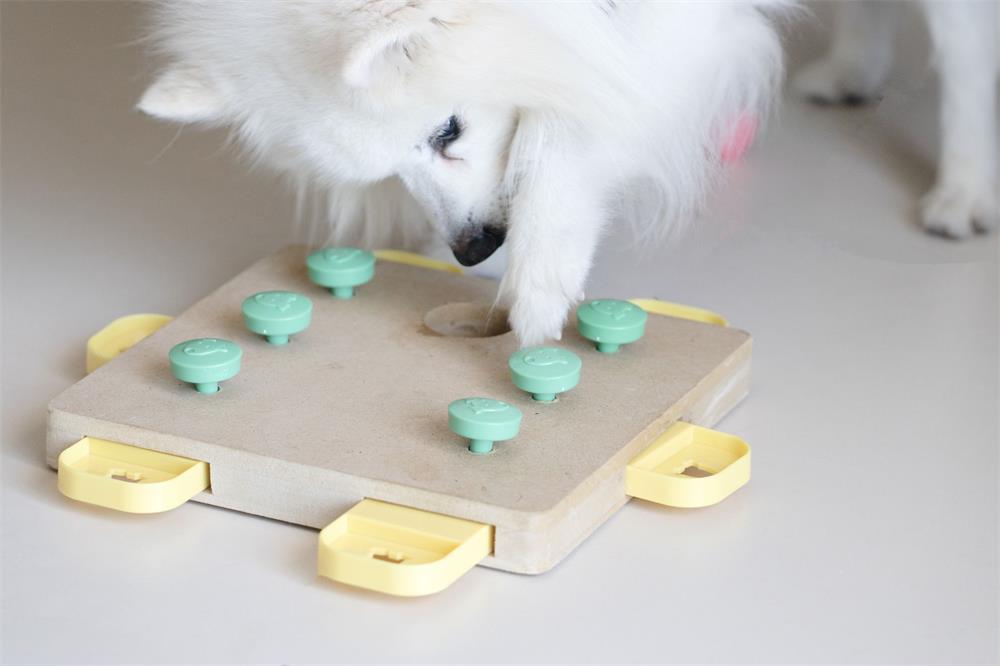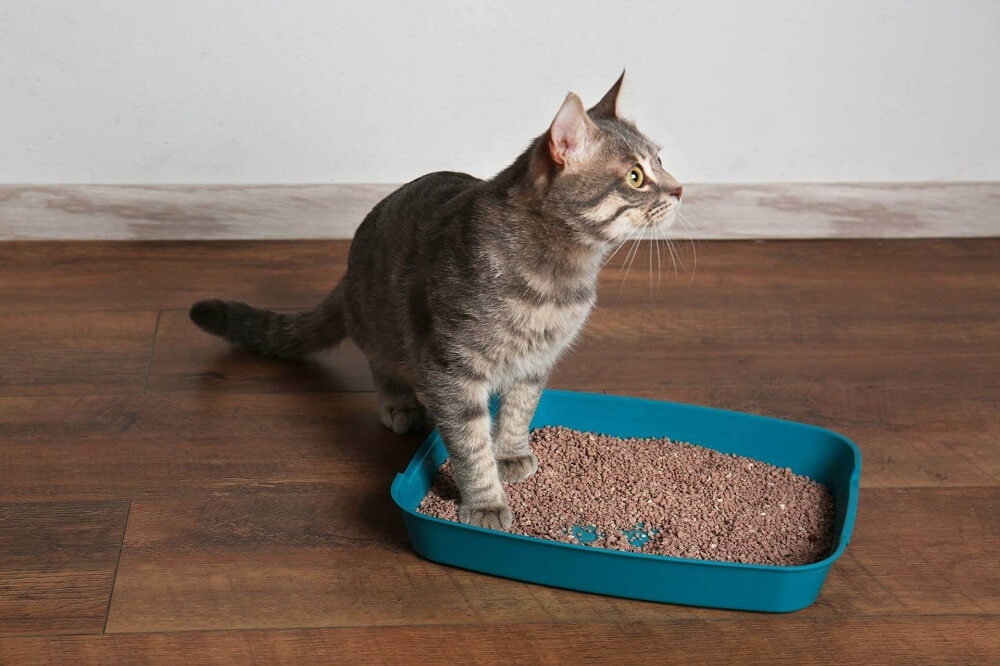Dogs are not only our best friends, but also our loyal companions who need our care and attention. One of the most important aspects of keeping our dogs healthy and happy is providing them with adequate exercise. Exercise for dogs is not only beneficial for their physical well-being, but also for their mental and emotional health. In this article, we will explore why exercise is so important for dogs, how much exercise they need depending on their age, breed and condition, and what are some of the best ways to exercise them.
Why Exercise is Important for Dogs
Exercise is essential for dogs for many reasons. Some of the benefits of exercise for dogs are:
- It strengthens their heart and lungs. Regular exercise helps dogs maintain a healthy cardiovascular system, which can prevent or reduce the risk of heart disease, high blood pressure, obesity and diabetes.
- It keeps their muscles and joints healthy. Exercise helps dogs build muscle mass, which supports their bones and joints. This can prevent or delay the onset of arthritis and other joint problems, especially in older dogs. Exercise also improves their balance, coordination and flexibility, which can prevent injuries and enhance their mobility.
- It prevents obesity and related health problems. Obesity is a serious health issue that affects many dogs today. It can lead to diabetes, heart disease, cancer, joint problems and reduced life span. Exercise helps dogs burn calories and maintain a healthy weight, which can prevent or manage obesity and its complications.
- It reduces behavioral problems. Exercise provides dogs with an outlet for their energy and natural instincts. This can reduce common behavioral problems such as excessive barking, chewing, digging, licking, jumping and aggression. Exercise also stimulates their brain and senses, which can prevent boredom and depression.
- It enhances their socialization and bonding. Exercise allows dogs to interact with other dogs and people, which can improve their social skills and confidence. Exercise also strengthens the bond between dogs and their owners, as they share fun and rewarding experiences together.
How Much Exercise Does a Dog Need?
The amount of exercise a dog needs depends on several factors, such as their age, breed, size, health and personality. There is no one-size-fits-all answer to this question, but there are some general guidelines that can help you determine the optimal exercise routine for your dog.
Age
Puppies have more energy than adult dogs and need more exercise in short bursts throughout the day. However, they also have growing bones that can be damaged by too much or too intense exercise. Therefore, it is advisable to limit their exercise to short walks or play sessions that allow them to set their own pace. The rule of thumb is to give them five minutes of exercise per month of age until they are fully grown. For example, a four-month-old puppy should get 20 minutes of exercise per day.
Adult dogs need regular exercise to maintain their health and fitness. The amount of exercise they need varies depending on their breed and individual needs. Some breeds are more active than others and require more exercise to satisfy their physical and mental needs. For example, a Border Collie or a Belgian Malinois may need up to two hours of exercise per day, while a Bulldog or a Basset Hound may be content with 30 minutes per day. As a general rule, most adult dogs need at least 30 minutes of moderate to vigorous exercise per day.
Senior dogs may not be able to run as fast or as far as they used to, but they still need exercise to keep them active and healthy. However, they may also have health issues such as arthritis or heart problems that limit their ability to exercise. Therefore, it is important to adjust their exercise routine according to their age, condition and comfort level. The best way to exercise a senior dog is to give them short and gentle walks or play sessions that do not strain their joints or overheat them. The rule of thumb is to give them 10 minutes of exercise per day for every year of age. For example, a 10-year-old dog should get 100 minutes of exercise per day.
Health
Your dog’s health is another factor that influences the amount and type of exercise they need. If your dog has a medical condition, such as hip dysplasia, heart disease,
respiratory problems or obesity, you should consult your veterinarian before starting or changing their exercise routine. Your veterinarian can help you design an exercise program that is suitable and safe for your dog’s condition and needs. Some general tips are:
- Avoid exercising your dog in extreme temperatures, especially if they have respiratory problems or are overweight.
- Avoid exercising your dog on hard or slippery surfaces, especially if they have joint problems or are prone to injuries.
- Avoid exercising your dog right after eating, especially if they are at risk of bloat or gastric torsion.
- Monitor your dog’s breathing, heart rate, temperature and hydration during and after exercise, and stop if they show signs of distress, such as panting excessively, drooling, coughing, wheezing, limping, collapsing or vomiting.
Personality
Your dog’s personality also affects the amount and type of exercise they need. Some dogs are more energetic and playful than others, and may need more exercise to keep them happy and calm. Other dogs are more laid-back and relaxed, and may need less exercise to avoid overstimulation or stress. You should observe your dog’s behavior and preferences, and tailor their exercise routine accordingly. Some signs that your dog needs more exercise are:
- They are restless, hyperactive or destructive at home.
- They bark, whine or howl excessively.
- They show signs of boredom, depression or anxiety.
- They gain weight or lose muscle tone.
Some signs that your dog needs less exercise are:
- They are reluctant, hesitant or resistant to exercise.
- They show signs of fatigue, pain or discomfort during or after exercise.
- They lose interest or enthusiasm in their favorite activities.
- They become irritable, aggressive or fearful.
What are the Best Ways to Exercise Your Dog?
There are many ways to exercise your dog, depending on their age, breed, health and personality. The most important thing is to choose activities that are fun and rewarding for both you and your dog. Here are some examples of exercises you can do with your dog:
- Walking. Walking is one of the simplest and most effective ways to exercise your dog. It provides them with physical activity, mental stimulation and socialization. You can walk your dog on a leash around your neighborhood, in a park or on a trail. You can also vary the pace, distance and route to keep it interesting for both of you. Walking is suitable for dogs of all ages and conditions, as long as you adjust the intensity and duration according to their needs.
- Running. Running is a more intense form of walking that can provide more cardiovascular benefits for your dog. It can also help them burn more calories and release more energy. However, running is not suitable for all dogs, especially puppies, seniors, brachycephalic breeds or dogs with health issues. You should consult your veterinarian before running with your dog, and start slowly and gradually increase the speed and distance. You should also avoid running on hard or hot surfaces, and provide your dog with plenty of water and rest breaks.
- Playing fetch. Playing fetch is a classic game that many dogs love. It involves throwing a ball, a frisbee or another toy for your dog to chase and bring back to you. It provides them with physical activity, mental stimulation and bonding with you. You can play fetch in your backyard, in a park or in a fenced area. You can also vary the type of toy, the distance and the direction to keep it challenging for your dog. Playing fetch is suitable for most dogs, as long as you do not overdo it or force them to play if they are not interested.
- Swimming. Swimming is a great exercise for dogs that love water. It provides them with low-impact, high-resistance and full-body workouts that can strengthen their muscles, joints and cardiovascular system. It can also help them cool off in hot weather and relieve stress and anxiety. However, not all dogs are comfortable or skilled in water, so you should never force your dog to swim or leave them unattended in a pool or a lake. You should also introduce swimming gradually and use a life jacket if needed. You should also rinse your dog after swimming to remove any chlorine, salt or dirt from their coat and skin.
- Agility. Agility is a competitive dog sport that involves directing your dog through an obstacle course in a race for both time and accuracy. The obstacles can include tunnels, weave poles, jumps, seesaws and pause tables. Agility provides your dog with physical activity, mental stimulation and bonding with you. It also challenges their balance, coordination, speed and obedience skills. Agility is suitable for dogs of all breeds and sizes, as long as they are healthy and well-trained. You can join an agility club or class to learn the basics and practice with professional equipment. You can also
set up your own agility course at home with some DIY obstacles. - Hiking. Hiking is a fun way to explore nature with your dog. It provides them with physical activity,
mental stimulation and socialization. You can hike on trails, hills or mountains, depending on your dog’s fitness level and interest. You should always keep your dog on a leash or under control when hiking, and follow the rules and etiquette of the area. You should also bring enough water and snacks for both of you, and check your dog for ticks, fleas or injuries after hiking. - Playing with other dogs. Playing with other dogs is one of the best ways to exercise your dog. It provides them with physical activity, mental stimulation and socialization. It also allows them to express their natural instincts and behaviors, such as chasing, wrestling and biting. Playing with other dogs can improve your dog’s confidence, communication and manners. However, you should always supervise your dog when playing with other dogs, and make sure they are compatible in size, energy level and temperament. You should also intervene if the play becomes too rough or aggressive.
Conclusion
Exercise is vital for dogs of all ages, breeds and conditions. It helps them stay healthy, happy and well-behaved. It also strengthens the bond between you and your dog. There are many ways to exercise your dog, depending on their needs and preferences. The most important thing is to make exercise fun and rewarding for both of you.







